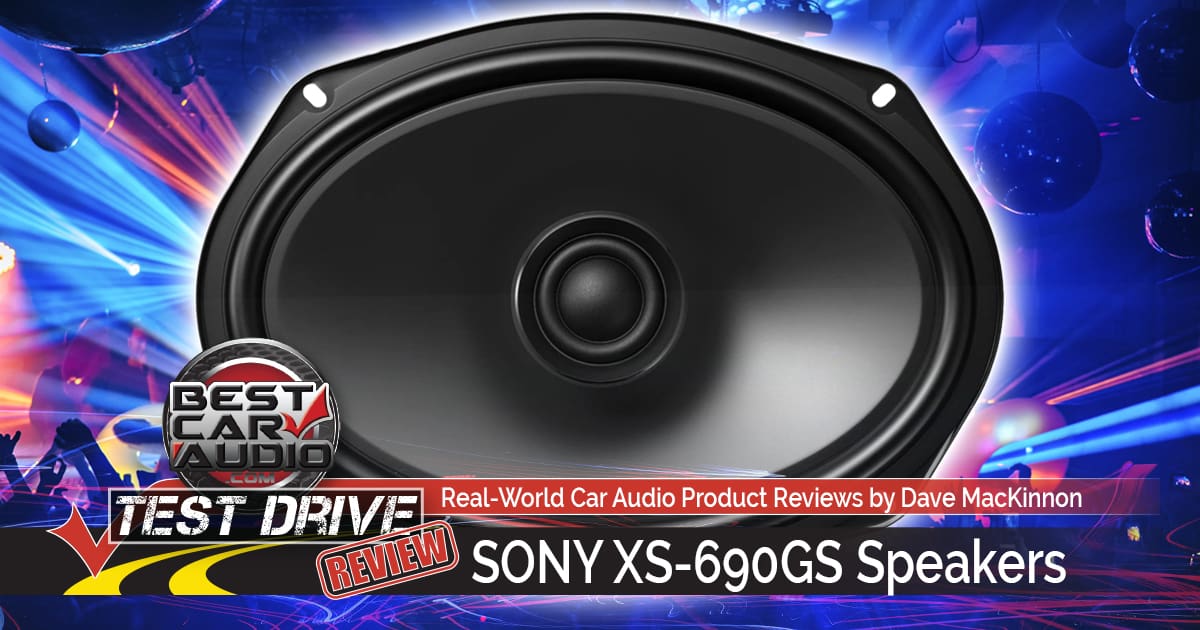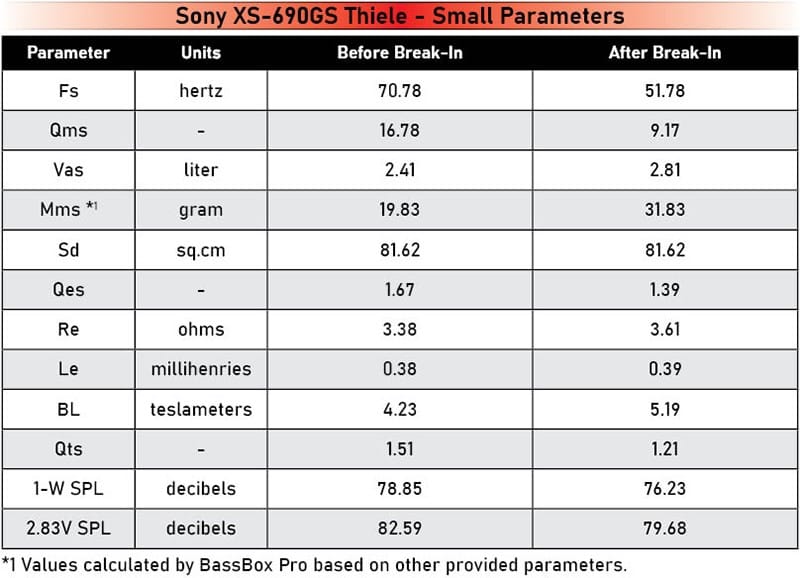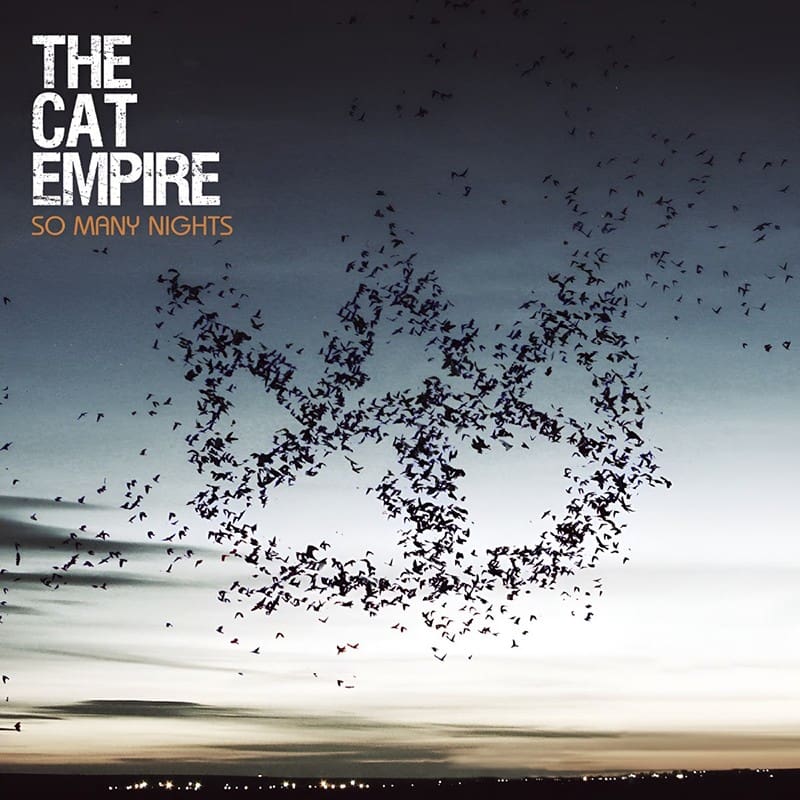When it comes to aftermarket car audio upgrades, there are two groups of speakers to consider. The first are designed to handle significant power and play at high volume levels. The second is designed to be as efficient as possible with moderate amounts of power. The Sony XS-690GS 6×9 speakers are designed to provide exceptional performance and value in that second group. These are a great choice if you want a speaker upgrade designed to work with the power available from a car radio or small amplifier. Let’s check them out!
Features of the Sony XS-690GS Speakers
Let’s start by looking at what you get when you purchase a set of the XS-690GS speakers. Actually, this is a pretty short list. You get a pair of 6×9-inch speakers and eight mounting screws. These are designed as original equipment replacement units, so they don’t come with grilles. The packaging is as environmentally friendly as it gets. Everything is cardboard, and the printing on the outside uses a single color to reduce environmental impact.
The speakers are based on heavy-gauge stamped steel baskets. A 3.15 by 0.58-inch ceramic magnet is bonded to the base of the cone to power the speaker. Electrical connections are made by a set of terminals on a non-conductive tab. Sony has included a series of vents in the basket beneath the spider mounting ledge. These vents allow heat to escape from the voice coil to improve power handling. Additionally, they prevent the air in this space from pressurizing as the cone moves forward and rearward to improve linearity.
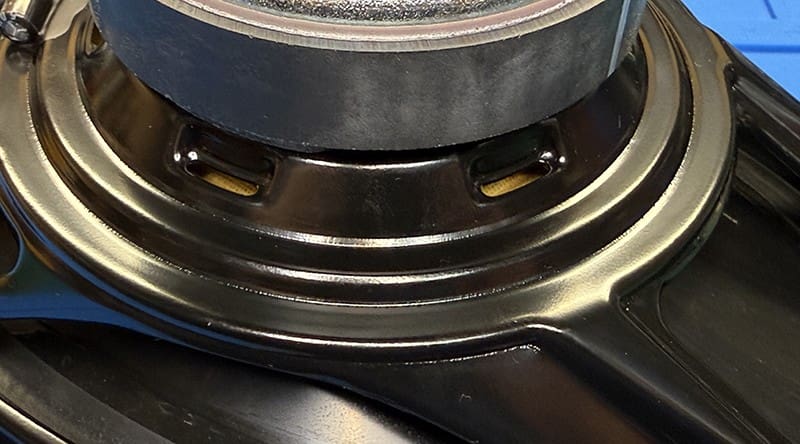
On the top, we find a composite polypropylene woofer cone that’s nice and light. This low-mass design dramatically improves driver efficiency – which is a key factor in making these an ideal match for low-power applications. The cone is attached to the upper ledge of the chassis with a foam rubber surround. The surround is quite compliant, yet will prove to be durable when exposed to the sun for many years.
The base of the cone is attached to a progressive height rate spider. This feature is trickle-down technology from the Sony Mobile ES (Elevated Standard) speaker line, offering a good balance of dynamics and linearity.
XS-690GS Tweeter
The silk tweeter design is a significant difference between these speakers and most of the affordable competing options. Unlike solutions that use paper-dome tweeters, the XS-690GS uses a soft-dome tweeter with a large roll textile surround. Once again, this is similar to what’s used on the Mobile ES series speakers. This should provide a smooth, natural sound with minimum distortion for the listener. A small neodymium slug serves as the motor for the tweeter.

Dynamic Air Diffuser
Sony knows users will be aggressive with power applications despite the 60-watt rating. To help ensure these speakers will take some abuse, they’ve used a voice coil design with a 1.19-inch former. This is about 20% more surface area than typical one-inch 6×9 designs, which is a lot more area to allow for heat dissipation.
The tweeter mounting post features Sony’s Dynamic Air Diffuser design, which works like a heat sink to cool the voice coil. The post is quite tall, putting the tweeter about an inch above the base of the woofer cone. The post’s smooth design also helps control sound reflections to prevent unwanted resonances.
Driver Specifications
In terms of specifications, Sony rates the XS-690GS as capable of continuously handling 50 watts of power. Using the CTA-2031 rating, that number increases to 60 watts. Peak power is rated at 420 watts using the IEC 60268-5 standard. The speakers have a rated efficiency of 92 dB SPL with one watt of power measured at a distance of one meter. Finally, the frequency response is 50 hertz to 22 kHz.
The mounting depth is 2.825 inches, and the driver stands proud of the mounting surface by 0.5 inches. The tweeter is at the highest point, which will help keep the factory grille away from the woofer and surround.
The speakers have a mounting hole pattern of 4.75 by 6.625 inches. The screw holes are slotted to provide some flexibility in working with different OE mounting solutions.
XS-690GS Measurements
We started the evaluation process by measuring the XS-690GS’s impedance versus frequency. As you can see, the driver has a nominal impedance of four ohms. Two resonances in the woofer cone are visible as dips in the impedance curve around 700 and 1550 hertz. The high-frequency area has a peak impedance of just under eight ohms at 3.5 kHz, then dips down to just over four ohms above 10 kHz. The latter will keep class-D amplifiers in check.
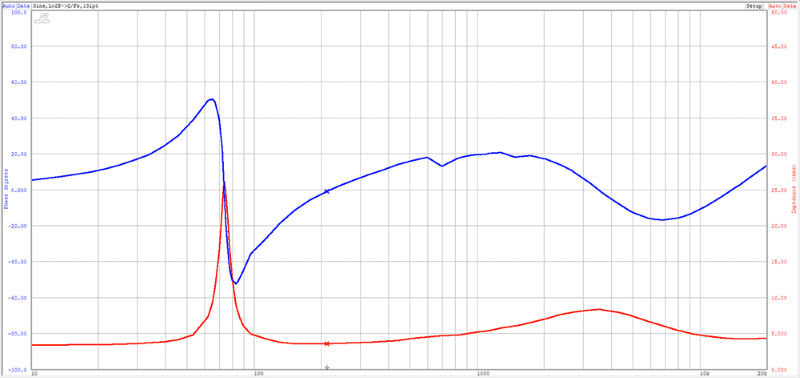
Next, we started analyzing the XS-690GS’s Thiele/Small parameters. To work with the algorithm used in our Woofer Tester 2, we had to disconnect the tweeter to make an initial measurement. This process was pretty easy, as we unsoldered the wire to the tweeter filter capacitor on the basket.
Before the break-in, the resonant frequency was 70.78 hertz with an equivalent compliance of 2.41 liters and a total Q of 1.51. As is predictable in a high-efficiency design, the high total Q (Qts) should add output to the woofer around the resonant frequency. While this might sacrifice some performance in terms of dynamics, it will dramatically boost bass output. As such, it’s a very logical choice for a driver designed to be used with low-power amplification like a source unit.
We let the speaker play with a 35-hertz test tone at 6.5 volts for eight hours, then let it cool again before we measured the parameters again.
The driver changed significantly over the break-in period. The resonant frequency dropped to under 52 hertz, and the suspension softened to a Vas of 2.81 liters. The Qts value also dropped significantly to 1.21. This means you’ll notice the sound of the XS-690GS changing over the first few months of play. They’ll be a little tighter and play louder, lower once broken in. However, you needn’t be worried about cranking the volume. Breaking speakers in isn’t the same as breaking in a new car engine. In this case, you want to feed them with moderate power to accelerate the process. So, enjoy!
XS-690GS Listening Session
With one of the speakers loaded into our 2.6 cubic feet test enclosure, we connected it to one channel of a 300-watt high-bias class-AB amp and our classic copper-chassis CD player.
The first track we auditioned was Schism by Tool. It was easy to hear the significant emphasis in the one to three-kilohertz region as soon as the song started playing. We’ve run into this a few times recently, and the fix is to listen to the driver off-axis, just as how it will be used in a car or truck. We turned the enclosure 45 degrees and restarted the track. This smoothed out the peak and left the music sounding good. The percussion and guitar were now smooth. There is a bit of extra output from the tweeter to add clarity to the presentation, but it’s not so much that things sound sibilant or hissy.
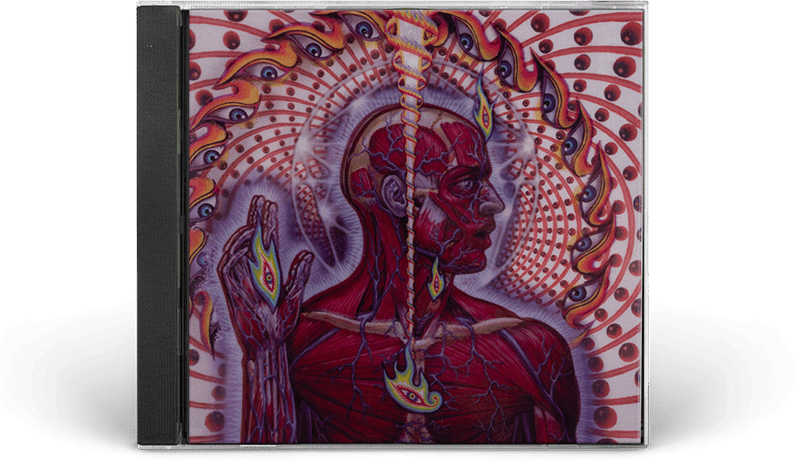
Up next was Tracy Chapman’s Fast Car. The guitar and percussion were nice and smooth, and her voice sounded clear and forward in the mix. Once again, this isn’t to the point of being harsh.
The third track was Fishies by The Cat Empire. This is a much more dynamic track, and it sounded good. The lower frequency percussion doesn’t have the attack of a low-Q driver, but then again, you don’t need a lot of power to get the XS-690GS good and loud. The horns were reproduced with a nice brassiness. The piano showed the extra upper midrange emphasis, but again, it wasn’t overly bright, just clear.
Das Spiegel by The Chemical Brothers was last on the list. While we hoped the relatively large woofer would produce a good amount of bass, however, its size is focused on boosting efficiency. If you want more bass in an application without a subwoofer, consider the ES-Series XS-690ES driver. Yes, there would be some gain in the bottom few octaves in a car to make it more fun.
Conclusion on the Sony XS-690GS
Sony made some very deliberate decisions when designing the XS-690GS. Knowing that it will typically be run from the 20-watt-per-channel amplifier built into a radio, they kept the cone mass down and the suspension moderately soft to increase efficiency. The silk dome tweeter is very nice and doesn’t suffer from the peaks and resonances that many inexpensive paper drivers do.
If you audition these on-axis on a display, you might find the upper midrange overly emphasized. Once installed low in the doors or on the rear parcel shelf, the off-axis response is nice and smooth, and the speakers sound good.
Kudos to Sony for the basket cooling vents under the spider and the Dynamic Air Diffuser design of the tweeter mounting post. Anything that can improve power handling and linearity is worthwhile.
If you are shopping for a 6×9 speaker with impressive efficiency that sounds good and works well with deck power or a small amplifier, drop by a local authorized Sony car audio retailer and listen to the XS-690GS speakers (off-axis).
You can find a Sony car audio retailer near you using their online locator tool. Also, be sure to follow them on Facebook, Instagram and YouTube to learn more about their products.
